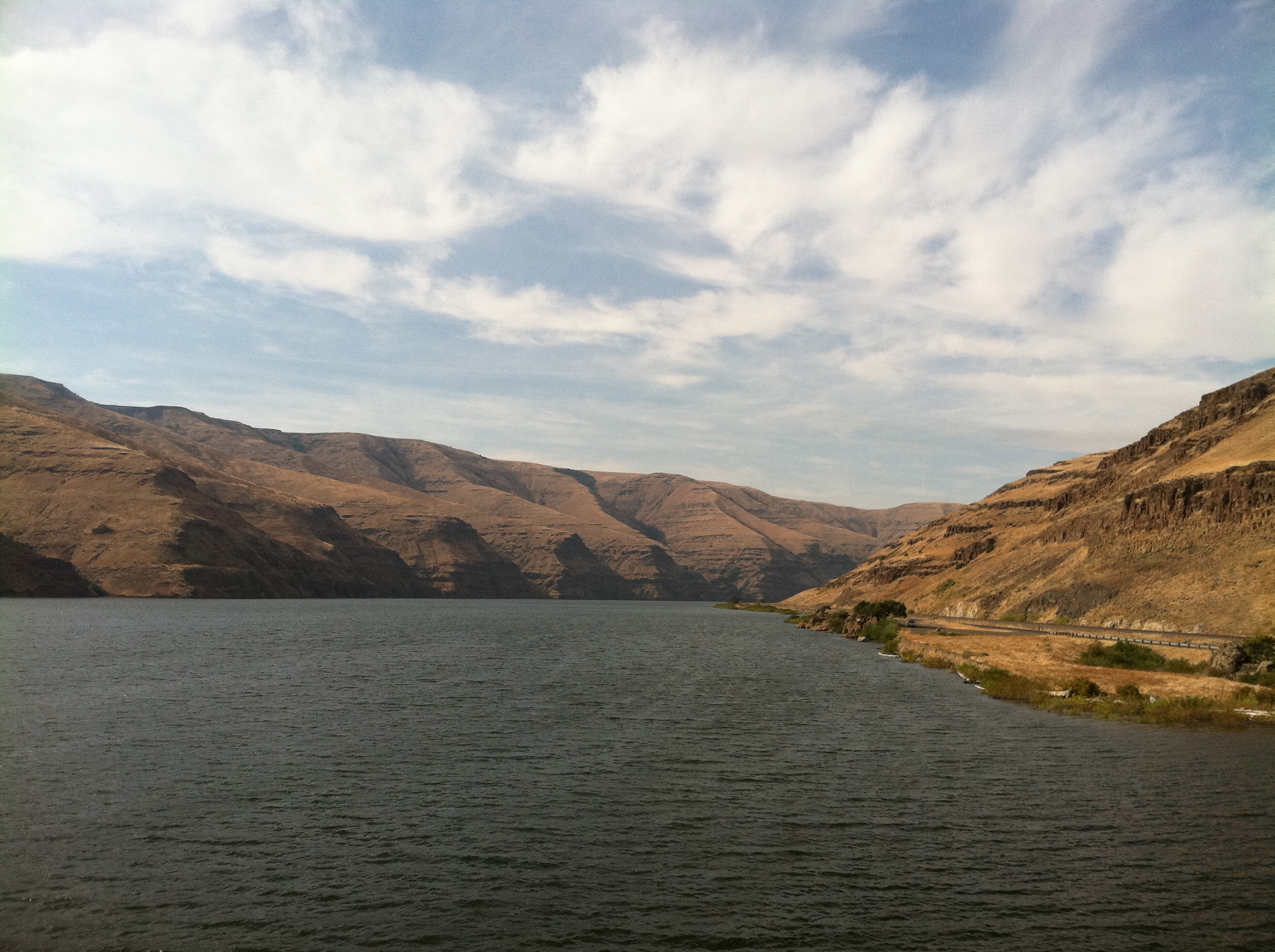“The salmon runs in the Pacific northwest are in extreme crisis. …There’s plenty of data that shows unless major action is taken, like breaching dams, the salmon will become extinct and wild salmon will become extinct.” – Desiree Hellegers
The Snake River is the Columbia River’s largest tributary and an essential regional water source. Today, the waters are drying up, salmon are dying and the remaining waters are being polluted by blockages in the dams that obstruct the river’s natural flow. For tribes such as the Nimiipuu, the Snake River’s current condition has devastated their people and culture.
Held on Oct. 13 in recognition of Native American Awareness Week, “Free the Snake and Nimiipuu Canoe project: A Healing Journey and Talk with Julian Matthews,” was sponsored by WSU’s Native American Programs and WSU Vancouver’s Collective for Social and Environmental Justice. The presentation featured several short films created by the Nimiipuu Protecting the Environment Project and the nonprofit organization Earthjustice.
A significant point of contention between the Nimiipuu and the federal government is the right to fish. Matthews believes the agreement between his tribe and the government is being violated by the existence of four major dams on the Snake River, negatively impacting salmon populations.
“Dismantling those dams would set in motion one of the greatest river restorations ever, opening free-flowing access to some 5,500 miles of pristine salmon-spawning habitat, the best remaining salmon incubator in the lower 48 states and one that will remain relatively cool and productive even as the climate warms,” according to Earthjustice’s website.
“It’s really up to us as a nation to make sure that we can take salmon from that river from now into the next generation. It’s really important that we can keep this going, that we can keep fishing and gathering. The Snake River is a really big issue that we’re working on now to get those dams breached and removed,” Matthews said.
English professor Desiree Hellegers is the co-founder and director of the CSEJ at WSU Vancouver. The organization’s focuses include ecocriticism and social justice, surrounded by many ongoing projects, including the Missing and Murdered Indigenous Peoples Initiative and the Food System Justice Action Research Project.
“The salmon runs in the Pacific Northwest are in extreme crisis. … There’s plenty of data that shows, unless major action is taken, like breaching dams, the salmon will become extinct and wild salmon will become extinct,” Hellegers said.
The actual efficacy of dams as a form of clean energy has been debated in recent years. One of the common arguments for keeping dams is that they generate hydroelectric power. According to the Bonneville Power Administration, the four dams on the lower Snake River produce enough energy for over 800,000 homes in the region.
“There used to be a belief that hydro-power was a sort of environmentally clean form of energy, that it wasn’t nearly as damaging as other forms of energy production and I think that narrative has really been called into question easily over the last decade,” Hellegers said.
Hellegers points to the example of Celilo Falls being drowned for the construction of the Dalles Dam on the Columbia River in 1957 as one of many instances of dams devastating the local ecosystem and impairing tribal culture.
“Celilo was the longest continuously occupied site in North America, so it was a major, major cultural sacred site, a site of tremendous interest in terms of tourism. People used to go to watch people fish off the platforms there. It was a sacred site to many Pacific Northwest tribes and a very important trading site,” Hellegers said. “I don’t know how you sort of assess the value of the longest continuous site in North America. That was incredibly damaging. It can’t be overstated how much these dams damage the history and heritage of the people existing there, for marginally little benefit.”
Matthews emphasized that there are bigger ways to help than through donations. The best way to keep up on the advocacy efforts surrounding the Snake River is to educate oneself on the Nimiipuu Canoe project to free the Snake River, subscribe to Matthews’ Facebook for more information on the issue and keep up with local Indigenous-centered events.
“We can’t lay back and rest during winter or anytime for this issue. It’s that important. Online campaigns will be critical as well. We’re not looking for thousands or millions. If you want to donate 5 dollars that’s cool too. But the people getting involved is what is critical. Get people voting to support the candidates that support the issues that we’re working on,” Matthews said.

Shawyan is a junior studying computer science at WSU Vancouver.
